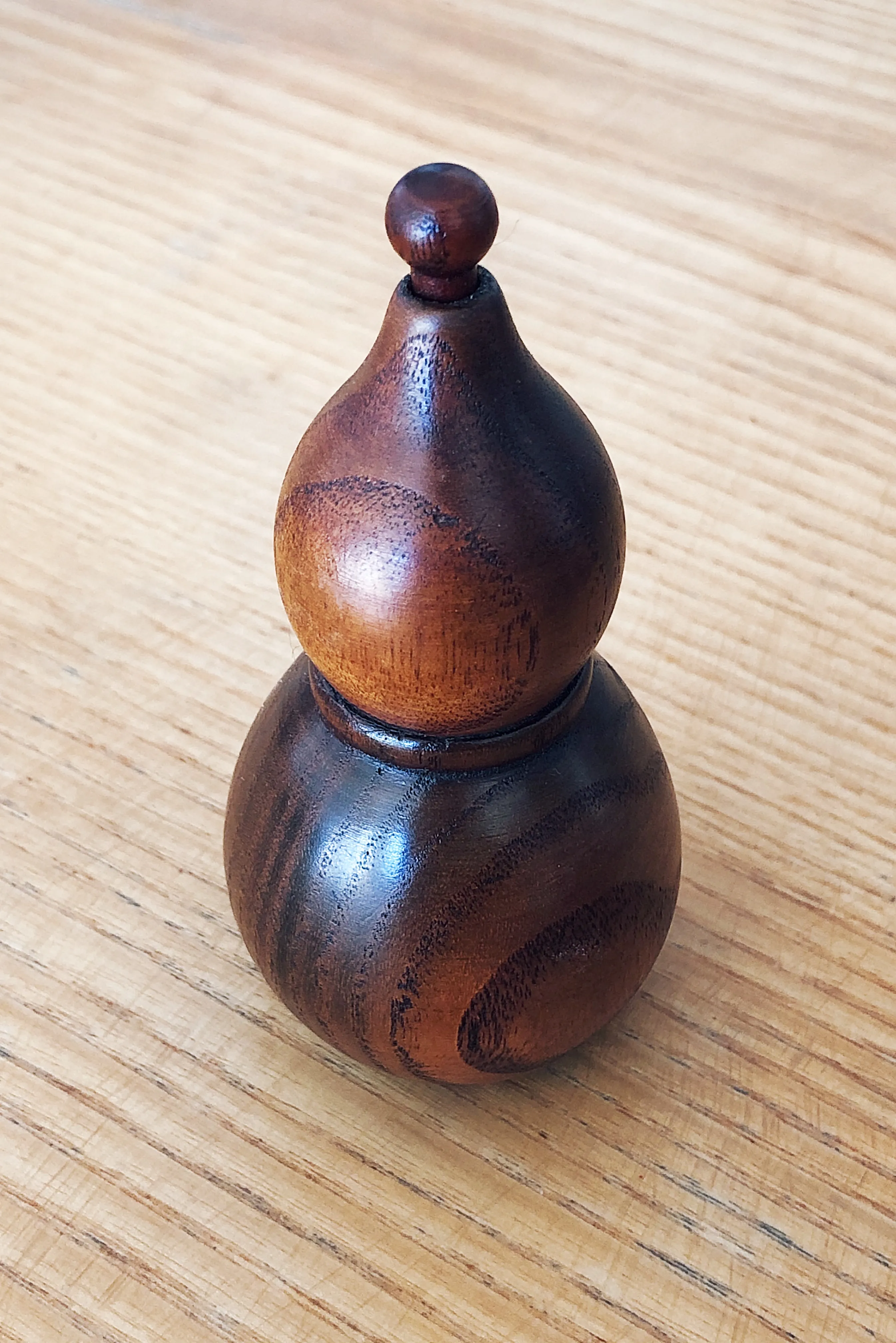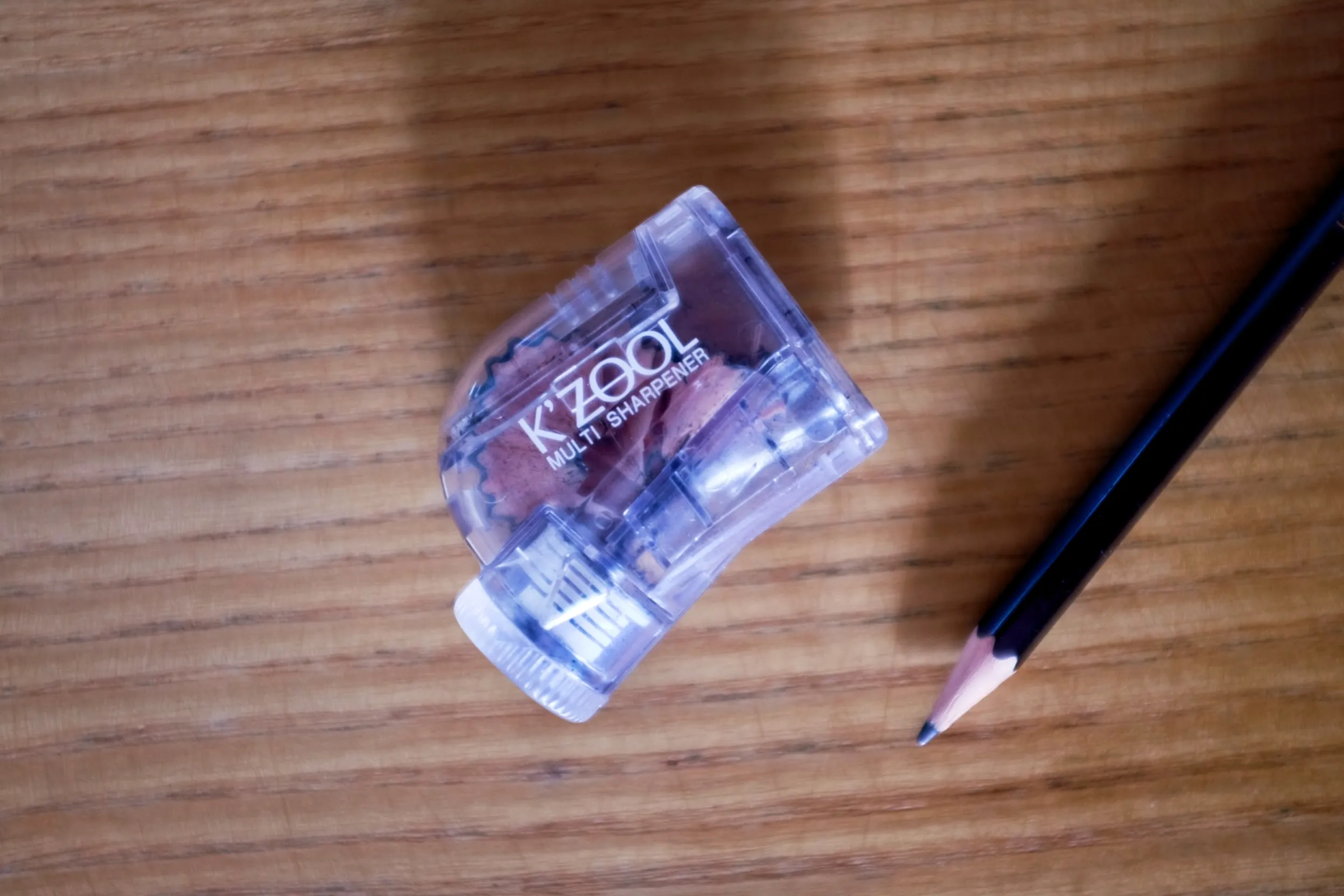On Japanese tools

There seems to be a general enthusiasm for Japanese tools that I’m not impervious about. When I’m talking about tools, it could be kitchen utensils, woodworking or writing tools. Sometimes it comes across as a form of snobbery. An “if you know, you know” situation. People will wave their proud possession under your nose and tell you everything about it. Which I’ll do later on.
But first, what makes Japanese tools better? Maybe it is the foreignness that makes it more attractive. The proverb says the grass is always greener on the other side. Perhaps on the other side, they have a fascination for German or French tools? Doing things differently is also an attractive thing for the rebellious. For example, Japanese saws cut on the pull stroke, unlike most European saws that cut on the push stroke. Woodworkers claim that it is much more efficient.
Finding the right tool is about preparation and gathering knowledge and experience. When you find the best tool, using it becomes a ritual and grants you membership to an exclusive club.
My other theory is that we seek pleasure from things well made. Using the perfect tools for a job has a similar effect as ASMR audio tracks. It gives you shivers. Have you experienced this? Using the right tool is a sort of escapism. A trip to an alternative reality where everything works and fits perfectly.
Another question to ask is why do Japanese make better tools? It must come from their culture and reverence for tradition, precision and well-done work. It’s no surprise that Japan has significantly more long-lasting businesses than other countries. There is even a word for that. Shinise are companies operating for at least a hundred years. And it’s not only physical tools. Take the Toyota Production System. Or the Kanban method that has been adopted by many developers worldwide. Those are untangential tools.
Having the right tool for the job is the most efficient way of getting things done and having the upper hand in a life where we don’t have any control. When the World feels broken, we find solace in well-made things. They embody perfection. What are your favourite Japanese tools?
Appendix: the Japanese tools I currently own
Baby food masher
It looks like a bent fork that can stand up. It was originally made for quickly mashing baby food. I mostly use it to make guacamole, avocados on toast and smashing bananas for banana bread. It feels well-made and does a fine job.

Oroshigane
I use it to grate garlic and ginger into a very fine paste. I don’t find it very ergonomic, but it works. The resulting paste is very fine.

Mandoline
It’s very sharp. Beware of fingers.

Ruler
It feels very sturdy. I love most the font and the colours. It’s very readable. Behind, there is a nifty conversion chart. It’s just a ruler, but it feels great to handle.


Chili dispenser
What I like the most is the organic shape made of wood. It’s a tool but also a decorative object. It usually contains shichimi togarashi, a special chilli flakes and spices blend.

Pencil sharpener
This pencil sharpener can shape your tip with a different profile. A switch lets you pick 5 profiles from blunt to pointy. Another button helps you dislocate broken tips. Shavings are stored. It does everything well, it is compact, and I love the translucent design. Very good.

Washi tapes
They are so good and come in different colours and patterns. They don’t leave sticky marks. They feel like paper instead of plastic. Perfect for gift wrapping and scrapbooking.
